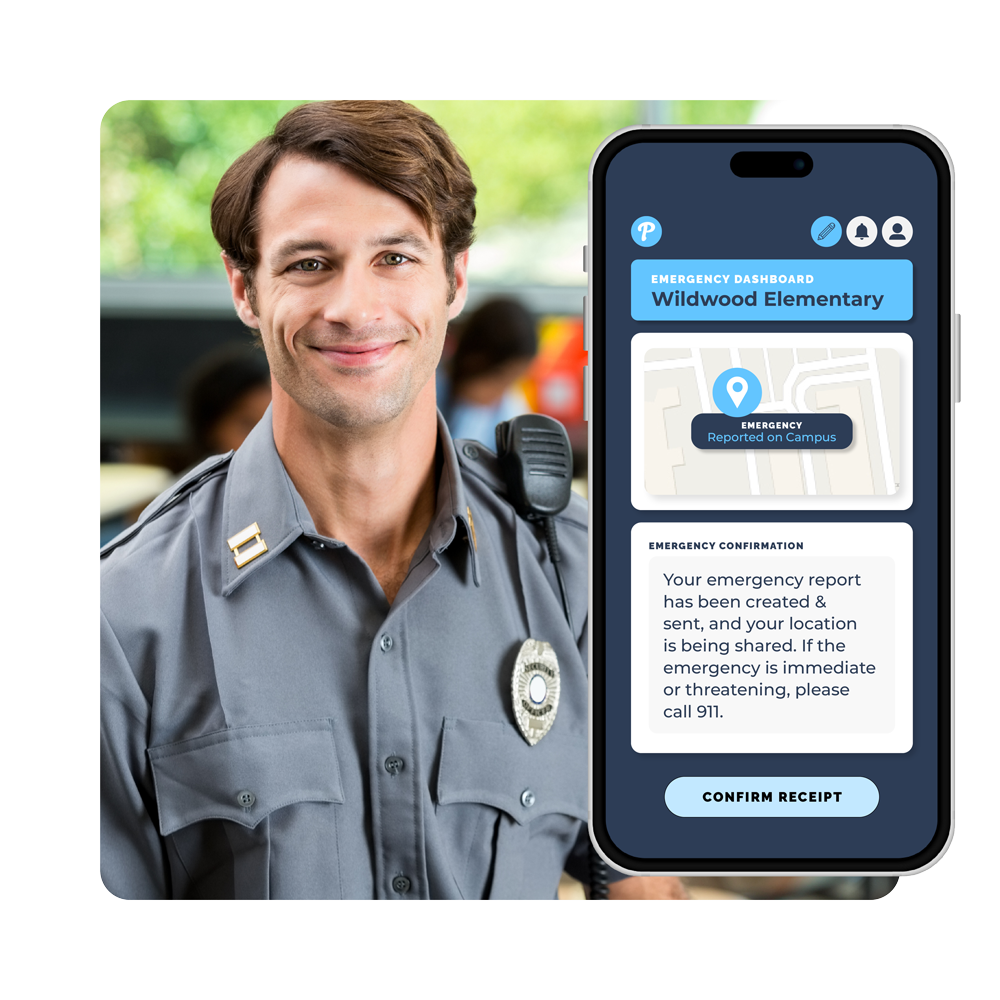Campus safety has long been a top priority for schools and other educational institutions. With increasing concerns about security, safety protocols must evolve to meet emerging threats while fostering a secure environment for students, faculty, and staff. Holistic Safety Solutions represent a cutting-edge approach that integrates multiple safety strategies to create a unified, comprehensive system of protection. By combining physical security measures, emergency communication tools, and data analytics, these solutions provide a proactive and anticipatory method for managing safety risks on campus.
This blog explores how Holistic Safety Solutions serve as the ultimate answer to comprehensive campus safety, offering a seamless way to prevent incidents before they occur and ensure a swift, organized response in case of emergencies.
What Are Holistic Safety Solutions?
Holistic Safety Solutions integrate technologies, practices, and protocols to address the full spectrum of campus safety concerns. Holistic safety systems unify campus security components, ensuring they work together for a safer, proactive environment.
These solutions merge the best of both physical and digital security tools, combining:
- Physical security measures (surveillance cameras, access control systems, on-campus security patrols)
- Emergency communication tools (mass notification systems, mobile apps for alerts, emergency hotlines)
- Data analytics for proactive threat detection and prevention (AI-powered surveillance, crime pattern analysis, predictive modeling)
These systems offer real-time monitoring, instant communication, and predictive capabilities to help prevent campus safety threats.
1. Physical Security Measures: A First Line of Defense
The foundation of any comprehensive campus safety plan is physical security. This encompasses a variety of measures designed to monitor, deter, and respond to potential threats. Modern safety solutions integrate traditional security tools with advanced technologies for enhanced efficiency and effectiveness.
- Surveillance Cameras: Advanced video surveillance systems are crucial for monitoring high-traffic areas such as entrances, parking lots, and public spaces. With AI-enhanced video analytics, these cameras can automatically detect suspicious behavior, identify individuals, and alert security personnel in real time.
- Access Control Systems: Digital access systems ensure that only authorized individuals can enter sensitive areas, such as dorms or labs. Keycard systems or biometric scans (such as facial recognition) integrate with the broader campus network to provide secure entry and exit.
- On-Campus Patrols: Wearable technology equips security personnel to monitor and respond to incidents more efficiently. Whether it’s a lone officer patrolling a campus or a team operating together, the physical presence of security is crucial in maintaining order and ensuring immediate response.
While these measures provide tangible security, they only form part of the broader holistic approach that keeps campuses safe.
2. Emergency Communication Tools: Real-Time Alerts for Swift Action
In the event of an emergency, effective communication is critical to ensuring the safety of everyone on campus. Holistic Safety Solutions use emergency communication tools for real-time alerts and coordinated responses across multiple channels.
- Mass Notification Systems: These systems are designed to send out alerts to large numbers of people across different platforms (SMS, email, voice calls, social media) in a matter of seconds. Mass notification systems enable campus administrators to quickly share critical info like evacuation or shelter-in-place instructions during crises.
- Mobile Safety Apps: Many campuses now use dedicated safety apps that provide students and staff with a direct line of communication to campus security. These apps can also be used to report suspicious activity, request escorts, or receive emergency notifications in real time. Some apps integrate GPS tracking, enabling authorities to pinpoint an individual’s location if they are in distress.
- Emergency Hotlines and Help Points: Integrated “blue light” emergency help points link directly to campus security for an immediate response to emergencies.
These tools enable fast, coordinated responses and keep the campus community informed and prepared during emergencies.
3. Data Analytics: A Proactive Approach to Safety
One of the most powerful components of Holistic Safety Solutions is the use of data analytics to proactively identify and mitigate potential safety risks. Rather than waiting for an incident to occur and then responding, data-driven approaches allow campus security to stay ahead of threats by leveraging patterns, trends, and predictive modeling.
- AI-Powered Surveillance: Advanced AI algorithms can analyze video footage to detect unusual behavior, such as loitering in restricted areas or aggressive actions. These systems are designed to identify threats before they escalate, alerting security personnel to intervene before a situation becomes dangerous.
- Predictive Crime Modeling: By analyzing past incidents, campus safety officials can use predictive analytics to forecast where and when crimes are more likely to occur. For example, if a pattern emerges showing that thefts happen near certain buildings at specific times, additional patrols or surveillance can be deployed to deter criminal activity.
- Incident and Report Management Systems: Data analytics tools can also help with tracking and managing security incidents over time, identifying patterns or recurring issues that may need to be addressed. These insights can lead to changes in campus policies, security measures, or even the physical layout of campus facilities to improve safety.
By using data to predict and prevent potential risks, these systems provide a proactive layer of security that goes beyond mere reaction.
4. The Synergy Between Components: Creating a Unified Safety Ecosystem
The strength of Holistic Safety Solutions lies in how these individual components work together. By connecting physical security systems, emergency communication tools, and data analytics, campuses can create a comprehensive safety ecosystem that anticipates and responds to threats in real time.
If suspicious activity is detected, the system sends automatic alerts to security and students via a mobile app notification. Predictive analytics flag high-risk zones based on data, prompting increased patrols in those areas for added security.
In emergencies, communication tools inform the campus, while data analytics help security teams assess and act based on real-time data.
Conclusion: Proactive, Integrated Campus Safety for a Safer Future
Holistic Safety Solutions represent a transformative approach to campus safety, addressing the ever-evolving challenges of keeping educational institutions secure. By integrating physical security measures, emergency communication tools, and data analytics, campuses can proactively detect and prevent threats before they escalate. This approach ensures a safer, proactive environment for students, faculty, and staff through an integrated safety system.
Holistic solutions are essential for addressing new campus challenges and maintaining the well-being of everyone on campus. Embracing these technologies creates a safe environment that fosters learning, growth, and peace of mind for all.



